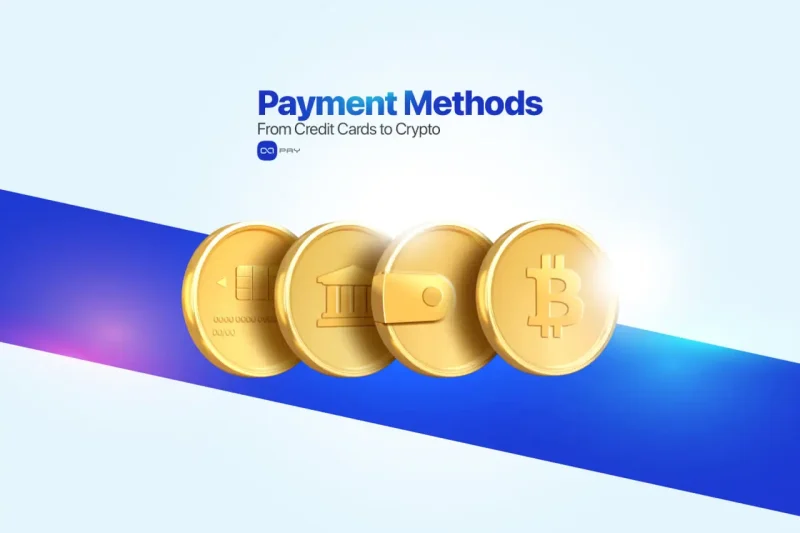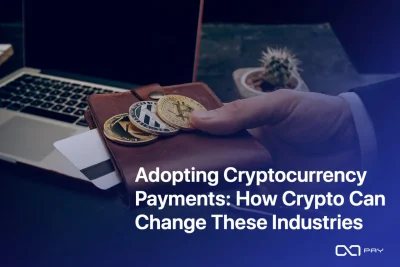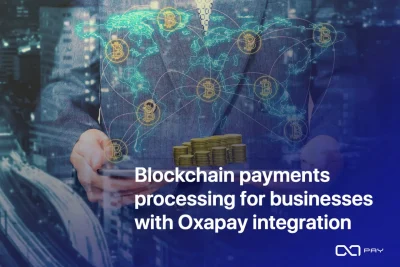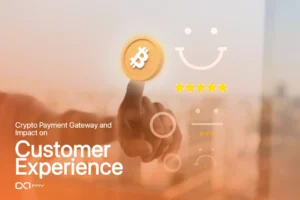هر کسب و کاری باید تصمیم بگیرد که کدام روشهای پرداخت را ارائه دهد و کدام یک را درگاه پرداخت آنها را پردازش خواهد کرد. این انتخاب مستقیماً بر نرخ تبدیل، هزینههای تراکنش و اعتماد مشتری تأثیر میگذارد. در حالی که کارتهای اعتباری و نقل و انتقالات بانکی برای دههها غالب بودهاند، کیف پولهای دیجیتال و ارزهای دیجیتال اکنون جایگزینهای قدرتمندی هستند.
در این مقاله، رایجترین روشهای پرداخت، کارتهای اعتباری، نقل و انتقالات بانکی، کیف پولهای دیجیتال و ارزهای دیجیتال را بررسی خواهیم کرد و مزایا و معایب آنها و اینکه چگونه بازرگانان میتوانند بهترین ترکیب را برای تجارت خود انتخاب کنند، برجسته خواهیم کرد.
کارتهای اعتباری و بدهی
کارتهای اعتباری و نقدی همچنان رایجترین شکل پرداخت آنلاین در سراسر جهان هستند.
مزایا
- پذیرش بالا: تقریباً هر خریدار آنلاین یک کارت دارد.
- فرآیند پرداخت سریع و آشنا.
- پشتیبانی از پرداختهای دورهای و اشتراکها.
معایب
- هزینههای پردازش معمولاً حدود 2-4% هستند و در برخی صنایع میتوانند بالاتر باشند.C
- ریسک برگشت سرمایه: ممکن است بازرگانان در اختلافات درآمد خود را از دست بدهند.
- دسترسی محدود در کشورهایی که پذیرش کارت کم است.
👉 بهترین برای:
کسبوکارهایی که مشتریان خود را در آمریکای شمالی، اروپا و سایر مناطق با شبکههای کارتی پیشرفته هدف قرار میدهند.
📘 بینش حرفهای
پرداختهای کارتی به یک شبکه چندجانبه شامل صادرکنندگان، پذیرندگان و شبکههای کارتی مانند ویزا یا مسترکارت متکی هستند. بازرگانان باید توجه داشته باشند که صنایع پرخطر ممکن است با قوانین سختگیرانهتر و نرخهای تخفیف تجاری (MDR) بالاتری مواجه شوند. علاوه بر این،, انطباق با PCI DSS مسئولیتهای فنی و حقوقی را اضافه میکند که میتواند بر کسبوکارهای کوچک تأثیر بگذارد.
حوالههای بانکی
حوالههای بانکی روشی مستقیم برای مشتریان جهت ارسال پول به حساب فروشنده است.
مزایا
- امن و قابل ردیابی از طریق سیستمهای بانکی.
- برای تراکنشهای B2B با ارزش بالا مفید است.
- نیازی به داشتن کارت برای مشتریان نیست.
معایب
- تسویه حساب میتواند از فوری (در محل) تا چند روز کاری، به ویژه در خارج از کشور، متغیر باشد.
- پیچیده برای پرداختهای بینالمللی با کارمزد بالا (مثلاً سوئیفت).
- مشتریان ممکن است این فرآیند را در مقایسه با روشهای تککلیکی ناخوشایند بدانند.
👉 بهترین برای:
بازرگانان و صنایع B2B که سفارشهای با ارزش بالا را مدیریت میکنند و امنیت در آنها از سرعت مهمتر است.
📘 بینش حرفهای
حوالههای بانکی برونمرزی اغلب از طریق شبکه سوئیفت, ، شامل بانکهای واسطه. هر کدام هزینههای خاص خود را اضافه میکنند که میتواند هزینهها را غیرقابل پیشبینی کند. بازرگانانی که نقل و انتقالات مکرر را انجام میدهند باید گزینههای دیگری مانند موارد زیر را در نظر بگیرند. SEPA در اروپا یا ACH در ایالات متحده.که کارمزد پایینتر و تسویه سریعتری ارائه میدهند اما از نظر جغرافیایی محدود هستند.
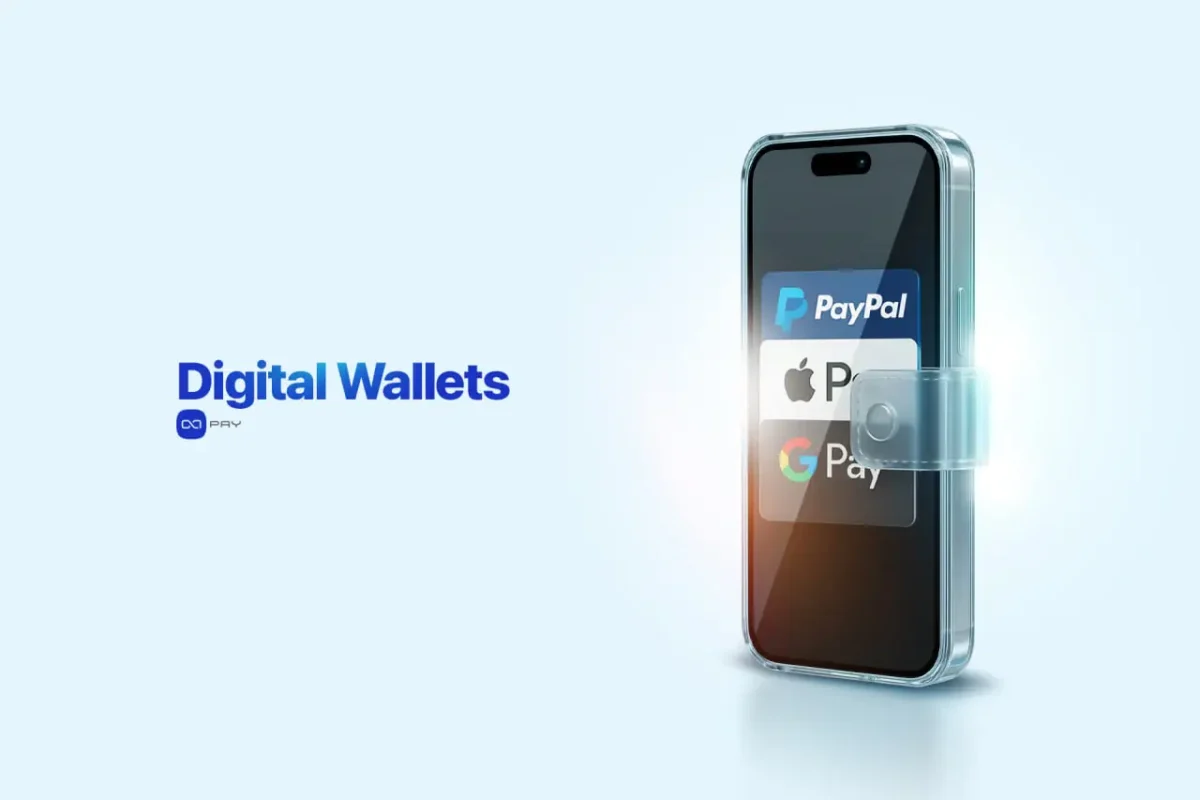
کیف پولهای دیجیتال
کیف پولهای دیجیتال مانند پیپال, اپل پی, ، یا گوگل پی به عنوان واسطه بین مشتریان و فروشندگان عمل میکنند.
مزایا
- پرداخت با یک کلیک، تجربه کاربری را بهبود میبخشد.
- پذیرش بالا در بین کاربران تلفن همراه.
- محافظت بیشتر در برابر کلاهبرداری که توسط ارائه دهندگان ارائه میشود.
معایب
- هزینههای اضافی برای بازرگانان.
- دسترسی محدود در برخی کشورها.
- وابستگی به پلتفرمهای شخص ثالث.
👉 بهترین برای:
تجارت الکترونیک و کسبوکارهای مبتنی بر موبایل با هدف کاهش رها کردن سبد خرید.
📘 بینش حرفهای
کیف پولهای دیجیتال اغلب به موارد زیر متکی هستند توکنسازی, و جایگزین کردن دادههای حساس کارت با توکنهای منحصر به فرد. این امر هزینههای انطباق را برای بازرگانان کاهش داده و امنیت تراکنش را افزایش میدهد. با این حال، اتکا به یک ارائهدهنده شخص ثالث به این معنی است که بازرگانان در معرض تغییرات سیاست، مسدود شدن حساب یا محدودیتهای پلتفرم قرار میگیرند که میتواند مستقیماً بر جریان نقدی تأثیر بگذارد.
پرداختهای ارز دیجیتال
ارزهای دیجیتال مانند بیتکوین، اتریوم و استیبلکوینها به طور فزایندهای برای پرداختها استفاده میشوند. درگاههای پرداخت مانند اکساپی پذیرش کریپتو را در کنار روشهای سنتی برای بازرگانان آسان میکند.
مزایا
- دسترسی جهانی: نیازی به بانک یا شبکههای کارتی نیست.
- کارمزد پایین در مقایسه با پردازندههای سنتی.
- تسویه حساب تقریباً آنی (وابسته به شبکه).
- بدون بازگشت وجه: تراکنشها نهایی و درون زنجیرهای هستند (بازپرداخت وجه فقط از طریق سیاستهای تجاری امکانپذیر است).
معایب
- نوسانات برای ارزهای غیر استیبل کوین مانند بیت کوین یا اتریوم.
- منحنی یادگیری برای فروشندگان و مشتریان.
- عدم قطعیت نظارتی در برخی مناطق.
👉 بهترین برای:
کسبوکارهایی با مشتریان جهانی، کسبوکارهایی که در مناطقی با خدمات بانکی ناکافی هستند، شرکتهایی که روشهای پرداخت نوآورانه را اتخاذ میکنند، استارتاپهایی که به دنبال کارمزد کمتر هستند، یا شرکتهایی که قصد ارائه تجربیات پرداخت سریعتر و امنتر در بازارهای مختلف را دارند.
پرداختهای جهانی با ارزهای دیجیتال: راهکاری برای کسبوکارهای بدون بانک
📘 بینش حرفهای
سرعت تسویه حساب در ارزهای دیجیتال بستگی به شبکه انتخابی دارد. به عنوان مثال، بیت کوین ممکن است برای هر تراکنش ۱۰ تا ۳۰ دقیقه طول بکشد، در حالی که USDT روی TRON (TRC20) یا Polygon در عرض چند ثانیه تأیید میشود و کمتر از یک سنت هزینه دارد. برای بازرگانان، استفاده از درگاههایی مانند OxaPay با ارائه گزینههای استیبل کوین و ویژگیهای تبدیل خودکار کریپتو به استیبل کوین به کاهش نوسانات کمک میکند و پیچیدگی مدیریت کیف پول را از بین میبرد.
با در نظر گرفتن این گزینهها، انتخاب ترکیب پرداخت مناسب به نیازهای تجاری و ترجیحات مشتری شما بستگی دارد.
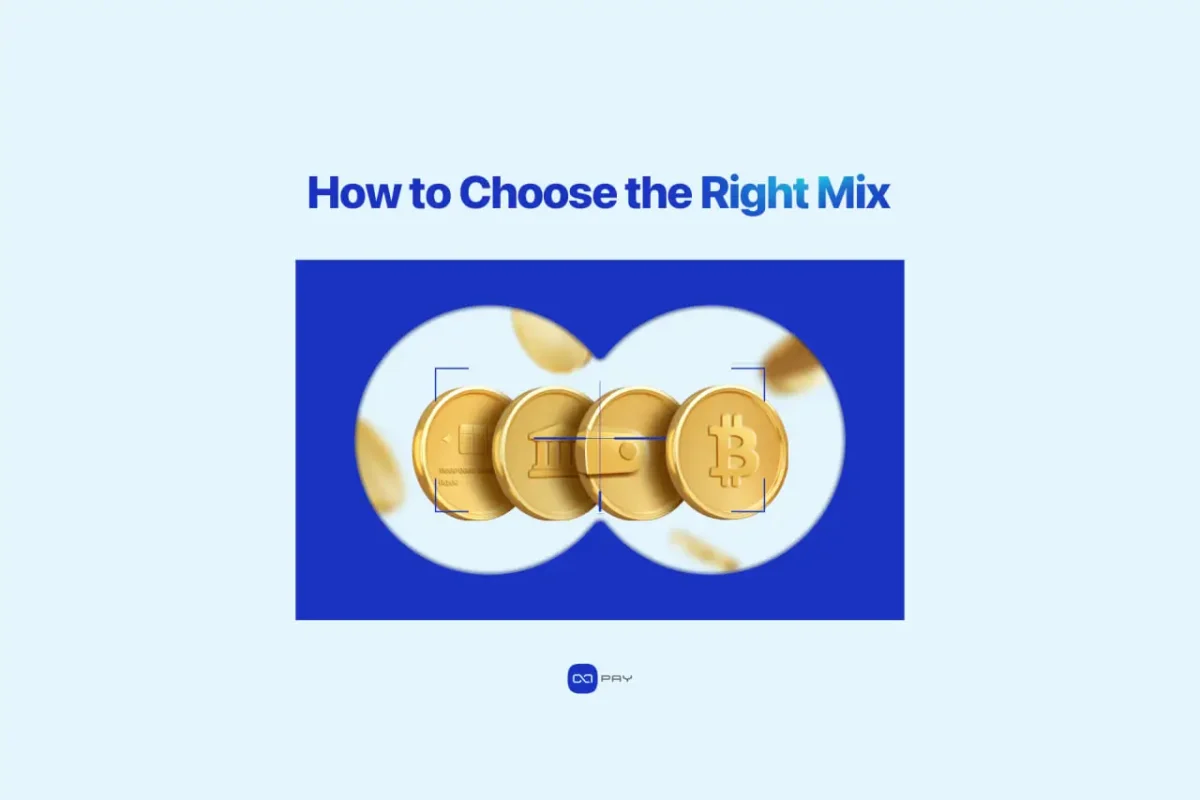
چگونه ترکیب مناسب را انتخاب کنیم
هیچ روش پرداخت واحدی برای همه کسبوکارها مناسب نیست. بازرگانان باید موارد زیر را ارزیابی کنند:
- جمعیتشناسی مشتری: آیا مشتریان شما کارت، کیف پول یا ارز دیجیتال را ترجیح میدهند؟
- اندازه تراکنش: پرداختهای B2B با ارزش بالا ممکن است نیاز به نقل و انتقالات بانکی داشته باشد.
- جغرافیا: کسب و کارهای فرامرزی ممکن است از کیف پولهای رمزنگاری شده یا دیجیتال بهرهمند شوند.
- هزینهها و حاشیه سود: محصولات با حاشیه سود بالا ممکن است هزینههای کارت را جذب کنند، در حالی که مشاغل با حاشیه سود کم از گزینههای رمزنگاری کمهزینهتر بهرهمند میشوند.
- آمادگی فناوری: کسبوکارهایی که توسعهدهندگان دارند میتوانند ادغام APIها, ، در حالی که دیگران ممکن است افزونهها یا لینکهای پرداخت را ترجیح دهند.
✅ چک لیست سریع برای انتخاب روشهای پرداخت
- ویژگیهای جمعیتی مشتریان خود (منطقه، میزان استفاده از دستگاه، عادات پرداخت) را مشخص کنید.
- روشهای پرداخت را با اندازه تراکنش (کوچک در مقابل بزرگ) مطابقت دهید.
- هزینهها را در کارتها، کیف پولها و ارزهای دیجیتال مقایسه کنید.
- در دسترس بودن منطقهای و زیرساختهای بانکی را بررسی کنید.
- تصمیم بگیرید که آیا به صورتحساب دورهای یا اشتراکی نیاز دارید.
- بین راحتی مشتری و هزینههای کسبوکار تعادل برقرار کنید.
- حداقل یک روش جایگزین (مثلاً رمزنگاری) برای دسترسی جهانی اضافه کنید.
🔎 جدول مقایسه: روشهای پرداخت در یک نگاه
| روش پرداخت | سرعت | هزینهها | دسترسی جهانی | سطح امنیتی | بهترین برای |
| کارتهای اعتباری/دبیت | فوری (ثانیه) | ۲–۴۱TP4T + بازپرداختها | بالا در بازارهای توسعهیافته | متوسط (خطر کلاهبرداری، نیازمند PCI DSS) | خرده فروشی B2C، اشتراک ها |
| حوالههای بانکی | آهسته (۲ تا ۵ روز، محلی سریعتر) | متغیر، اغلب برای فرامرزی بالا | محدود شده توسط شبکههای بانکی | بالا (بانکداری تحت نظارت) | پرداختهای B2B با ارزش بالا |
| کیف پولهای دیجیتال | سریع (ثانیه) | ۲–۳۱TP4T + کارمزد پلتفرم | متوسط، بستگی به ارائه دهنده دارد | بالا (توکنسازی، محافظت در برابر کلاهبرداری) | تجارت الکترونیک موبایلمحور |
| ارز دیجیتال | متغیر (ثانیه به دقیقه) | بسیار کم (هزینه شبکه) | جهانی، بدون مرز | بالا (امنیت بلاکچین، بدون بازگشت وجه) | بازارهای مرزی و محروم |
نتیجهگیری
دنیای پرداختها به سرعت در حال تکامل است. در حالی که کارتهای اعتباری و نقل و انتقالات بانکی همچنان مهم هستند، کیف پولهای دیجیتال و ارزهای دیجیتال در حال تغییر شکل نحوه پرداخت به مشاغل هستند. برای بازرگانان، هوشمندانهترین اقدام، ارائه ترکیبی از روشها، پاسخگویی به مشتریان در هر کجا که هستند و در عین حال کنترل هزینهها و ریسکها است.
👉 آمادهاید تا کریپتو را به سبد پرداخت خود اضافه کنید؟ اکساپی دروازه رمزنگاری , شما میتوانید در کنار روشهای سنتی، سریع، ساده و ایمن، بیتکوین، اتریوم، تتر و موارد دیگر را نیز بپذیرید.
